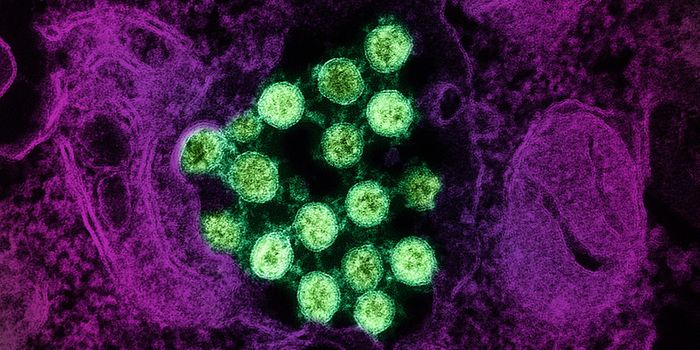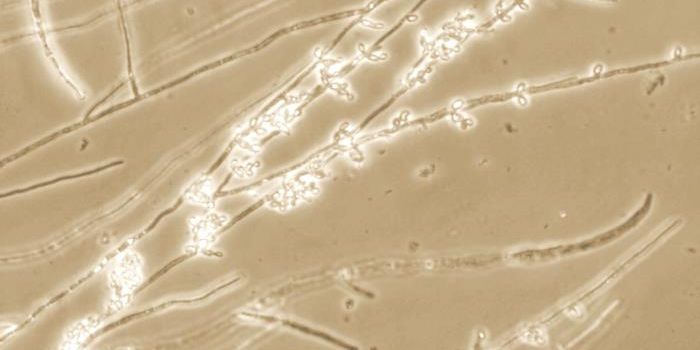Chinese Herbal Treatment for Malaria can Disrupt TB
In a study published in Nature Chemical Biology, researchers demonstrated that an herbal remedy used for centuries in Chinese medicine could potentially improve the treatment of tuberculosis. The remedy, artemisinin is effective against malaria, and the new work shows that it can disrupt the ability of the Mycobacterium tuberculosis bacterium (Mtb), which causes the disease, to go dormant, which is a part of why it can be so hard to treat. The study is described in the following video.
"When TB bacteria are dormant, they become highly tolerant to antibiotics," explained the leader of the work, Robert Abramovitch, a TB expert and Assistant Professor in the College of Veterinary Medicine at Michigan State University. "Blocking dormancy makes the TB bacteria more sensitive to these drugs and could shorten treatment times."
Tuberculosis remains a serious problem worldwide. According to the Centers for Disease Control, TB is declining in the United States, but there were still 9,557 new cases in 2015. The World Health Organization estimates that 10.4 million people were sickened by TB and 1.8 million died from the disease (including 0.4 million among people with HIV) in 2015 alone, putting it among the ten leading causes of death in the world.
Mtb requires oxygen for a successful existence inside the body. The immune system uses that to fight the bacterium, starving it of oxygen to get it under control. In their work, the investigators report that artemisinin attacks the heme molecule that is inside of the Mtb oxygen sensor. The artemisinin can more or less halt the action of the sensor by disrupting that molecule, and the pathogen can no longer tell how much oxygen there is in its environment.
"When the Mtb is starved of oxygen, it goes into a dormant state, which protects it from the stress of low-oxygen environments," Abramovitch said. "If Mtb can't sense low oxygen, then it can't become dormant and will die."
TB is able to remain in its dormant state, inside of the body, for decades. It is able exploit periods of weakness in the immune system, reawakening and causing illness again during those times. Abramovitch noted however that whether it wakes up or stays dormant, TB can require six months of treatment, one of the primary reasons why the disease is so difficult to control.
"Patients often don't stick to the treatment regimen because of the length of time it takes to cure the disease," he explained. "Incomplete therapy plays an important role in the evolution and spread of multi-drug resistant TB strains."
He suggested that this work could be key to shortening the therapeutic regimen because it can clear out the dormant, persistant bacteria. That in turn would lead to improved patient outcomes and a slowing of TB’s evolution into drug-resistance.
Over 540,000 different compounds were screened byAbramovitch’s team. They found five other chemical inhibitors that act on the Mtb oxygen sensor in different ways that may also be be effective in TB treatment.
"Two billion people worldwide are infected with Mtb," Abramovitch said. "TB is a global problem that requires new tools to slow its spread and overcome drug resistance. This new method of targeting dormant bacteria is exciting because it shows us a new way to kill it."
One winner of the 2015 Nobel Prize in Physiology or Medicine, Tu Youyou, speaks in the following video about her award-winning work, in which artemisinin was developed into a malaria treatment.
Sources: AAAS/Eurekalert! via MSU, CDC, WHO, Nature Chemical Biology

-
MAY 07, 2024Is It Anti-RNP or Anti-Sm/RNP?
-
MAY 08, 2024Expand your Multiomic Capabilities with RNAscope™
- See More
-
APR 30, 2024Immuno-Oncology Virtual Event Series 2024
-
MAY 07, 20243rd International Biosecurity Virtual Symposium
-
MAY 23, 2024For the Love of Digital PCR 2024
- See More

















































